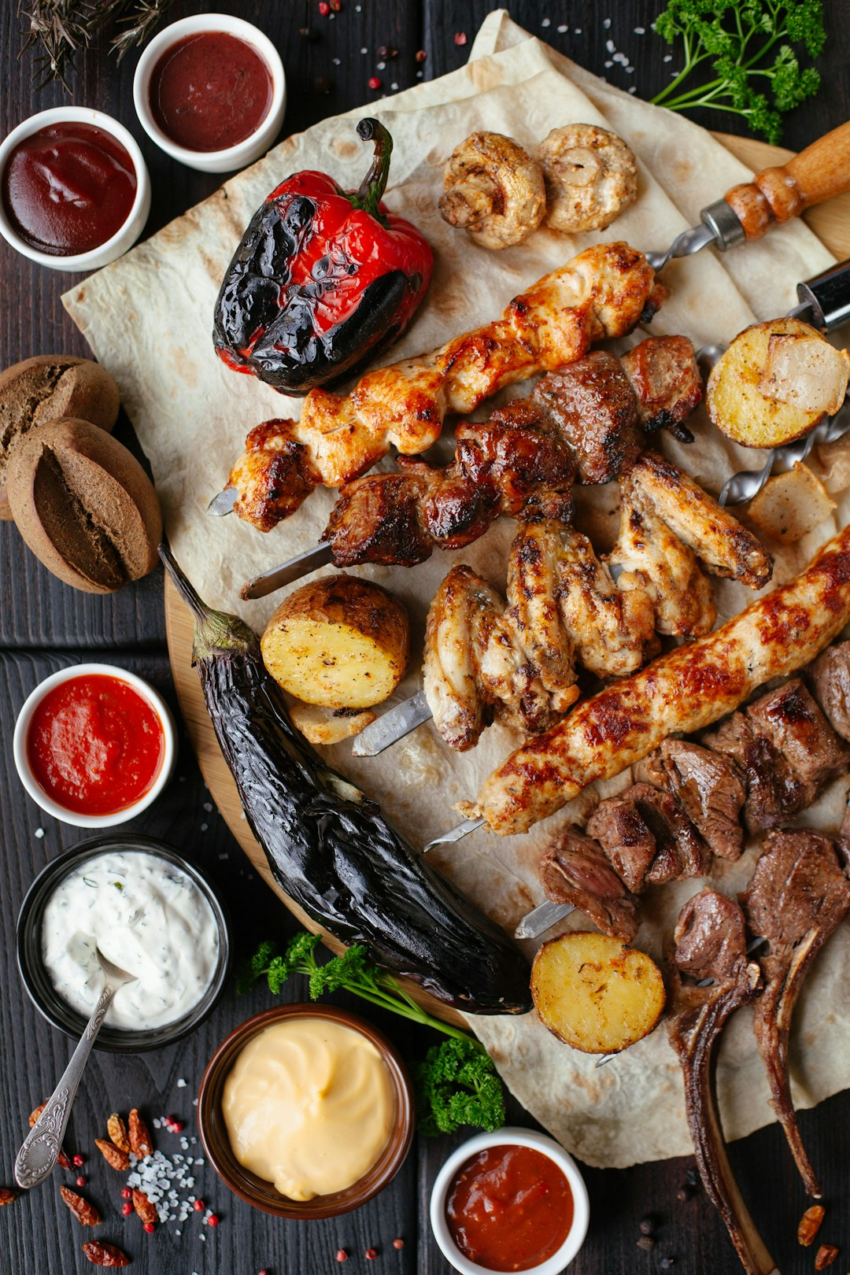To craft the perfect Pork Belly BBQ Recipe, select center-cut pork belly with good marbling for even cooking and tenderness. Dry brine with coarse salt and spices to enhance flavor. Choose smoking or braising techniques based on desired texture. Use a heavy pot with stable temp control (225°F – 250°F) and maintain humidity. Apply a spice rub of paprika, garlic powder, salt, pepper, brown sugar for flavor. Cook slowly (4-6 hours) to render fat, checking temp for doneness. Finish with glazes or sauces for balanced sweetness and tang.
Unleash the mouthwatering magic of perfectly cooked pork belly with our comprehensive guide. Discover the secrets behind crafting a culinary masterpiece, from selecting the ideal cut to mastering low-and-slow techniques. Learn about dry brining for intense flavors, the debate between smoking and braising, and creating the perfect cooking environment. Plus, explore spices, glazes, and sauces to elevate your pork belly BBQ recipe to new heights.
- Selecting the Perfect Cut of Pork Belly
- The Art of Dry Brining for Maximum Flavor
- Smoking vs. Braising: Which Method Is Best?
- Creating the Ideal Low and Slow Cooking Environment
- Spices and Rub: Infusing Your Pork Belly
- Mastering the Timing and Temperature for Tenderness
- Finishing Touches: Glazes and Sauces for Extra Flavor
Selecting the Perfect Cut of Pork Belly
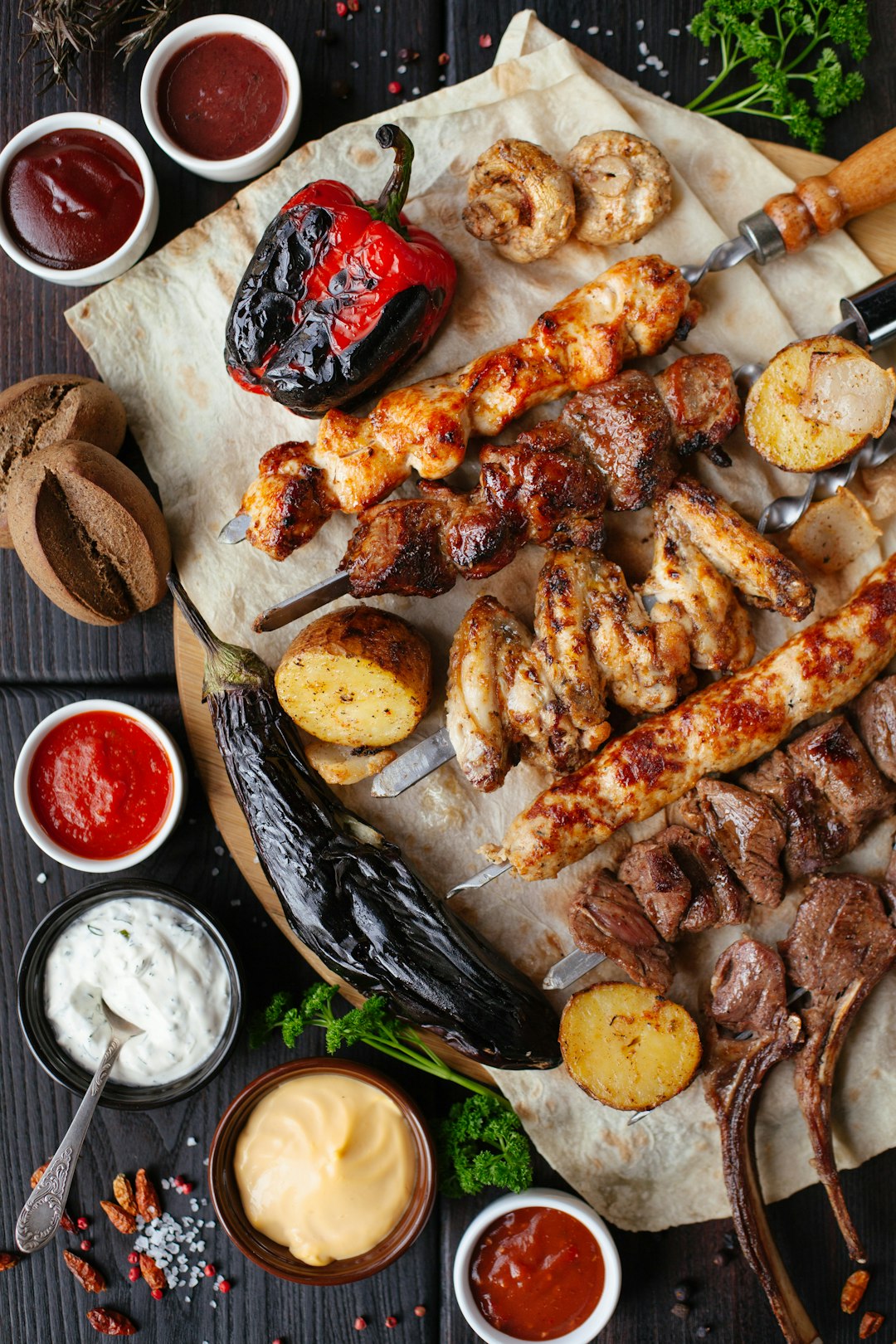
When it comes to achieving that mouthwatering, melt-in-your-mouth texture in a pork belly BBQ recipe, selecting the right cut is key. Look for a piece with good marbling—the fat streaks running through the meat—as this will contribute to its juicy and flavorful profile when cooked low and slow. A popular choice is the center-cut portion, which offers a balance of lean protein and fat. This cut ensures even cooking and prevents toughness, resulting in a delightful texture that’s perfect for slow-smoked dishes.
For an optimal pork belly BBQ experience, aim for a thickness of approximately 1 to 2 inches. This allows for gradual, even heat distribution during the low-and-slow cooking process. Thinner cuts may overcook before reaching the desired tenderness, while thicker ones might take too long to soften. The ideal cut should be tender and delicate, ensuring every bite is a burst of flavor.
The Art of Dry Brining for Maximum Flavor
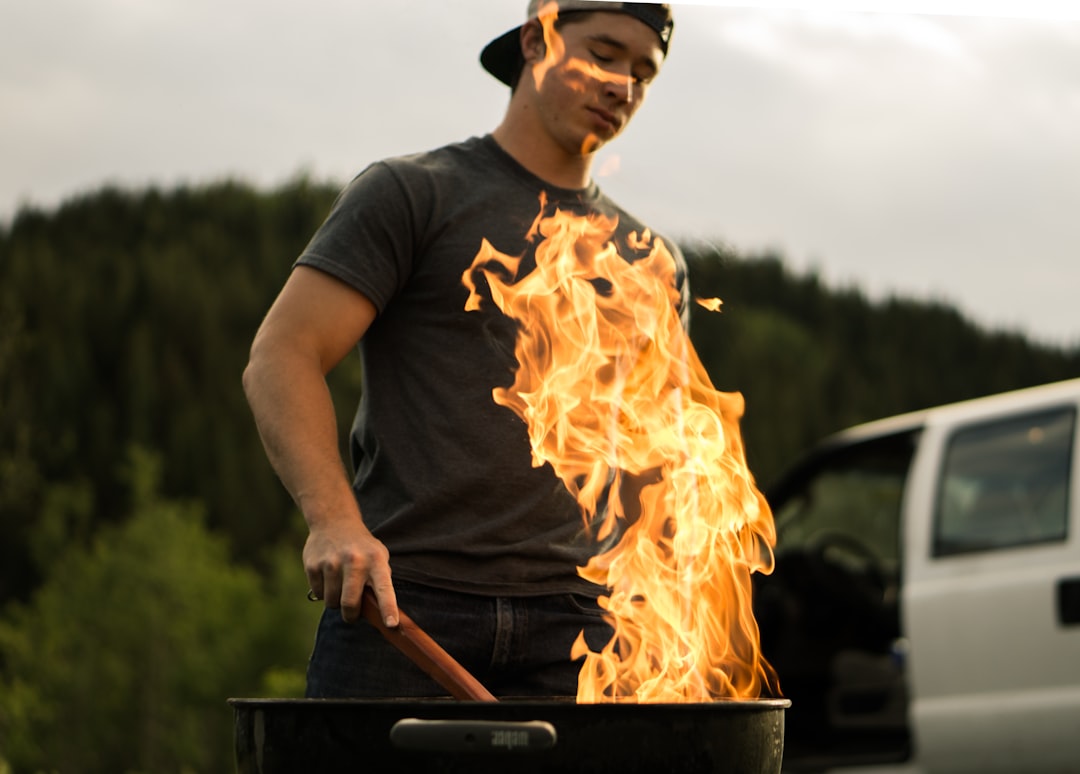
The art of dry brining is a crucial step in unlocking the intense, mouthwatering flavors of pork belly cooked low and slow. This simple yet effective technique involves massaging a generous coating of coarse salt (and sometimes other spices) into the meat. By drawing out moisture and intensifying the natural juices, the dry brine creates a deeper, richer taste profile that’s essential for a mouthwatering Pork Belly BBQ Recipe.
The process begins by scoring the skin to allow the brine to penetrate, then rubbing it all over the pork belly. The salt acts as a preservative, enhancing the meat’s ability to retain flavor during slow cooking. This method also helps to tenderize the meat, ensuring that every bite is succulent and unforgettable—the perfect foundation for an unforgettable BBQ experience.
Smoking vs. Braising: Which Method Is Best?
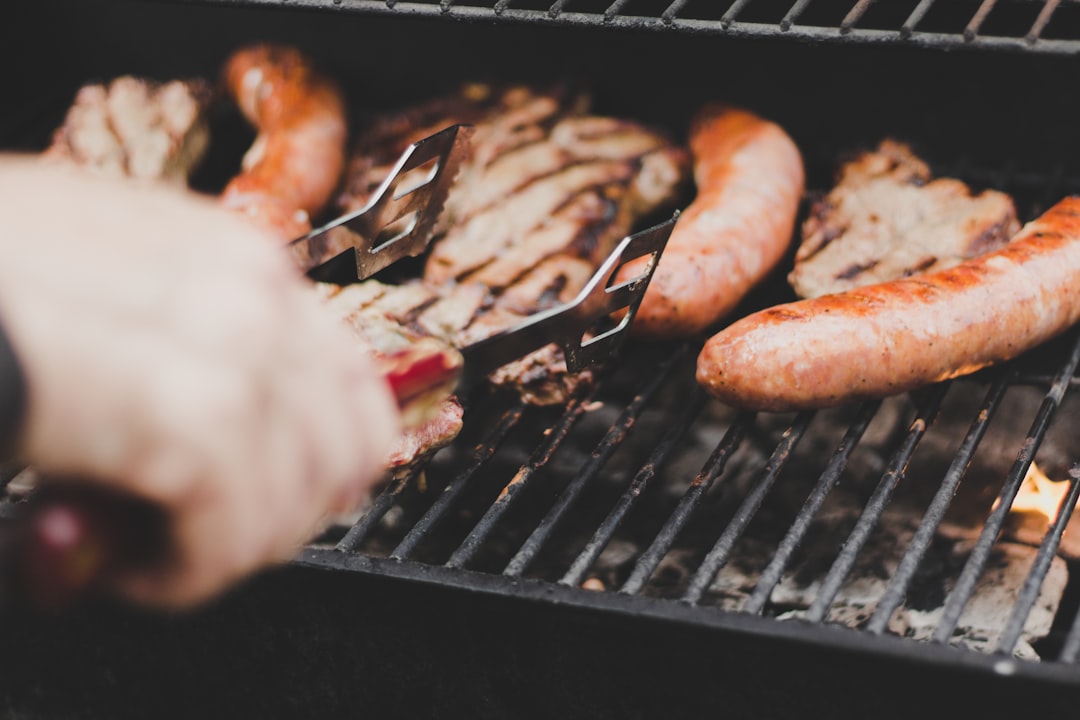
When it comes to unlocking the full potential of pork belly, the choice between smoking and braising can be a tough one. Both methods offer distinct advantages and deliver mouthwatering results. Smoking, with its low-and-slow approach, imparts a subtle smokiness that enhances the rich, fatty nature of the cut. This method is ideal for developing a complex flavor profile, resulting in tender, juicy meat that’s perfect for slicing and serving on sandwiches or as part of a charcuterie board.
On the other hand, braising takes the pork belly to another level by slowly cooking it in liquid, allowing deep flavors to meld together. The result is a melt-in-your-mouth texture and a rich, savory sauce that’s perfect for dishes like stews or as a hearty comfort food. For those seeking a signature Pork Belly BBQ Recipe, braising often takes the cake due to its ability to transform tough cuts into delectable, tender treats.
Creating the Ideal Low and Slow Cooking Environment

Creating the perfect environment for low and slow cooking is key to achieving tender, flavorful pork belly in your Pork Belly BBQ Recipe. The ideal setup involves using a heavy-duty pot or Dutch oven with excellent heat retention properties. This ensures even cooking throughout the long hours of slow roasting. A low, stable temperature range between 225°F to 250°F (107°C to 121°C) is critical; this gentle heat breaks down the collagen in the pork belly slowly, transforming it into delicious, melt-in-your-mouth gelatin.
Controlling humidity is another essential aspect. Using a lid on your pot helps maintain a moist environment, preventing the pork belly from drying out during the lengthy cooking process. This is particularly crucial for achieving that coveted crispy skin while keeping the meat succulent and tender. Regularly basting the pork belly with its own juices or a flavorful glaze also contributes to its overall richness and ensures it stays moist and tasty throughout the low and slow transformation.
Spices and Rub: Infusing Your Pork Belly
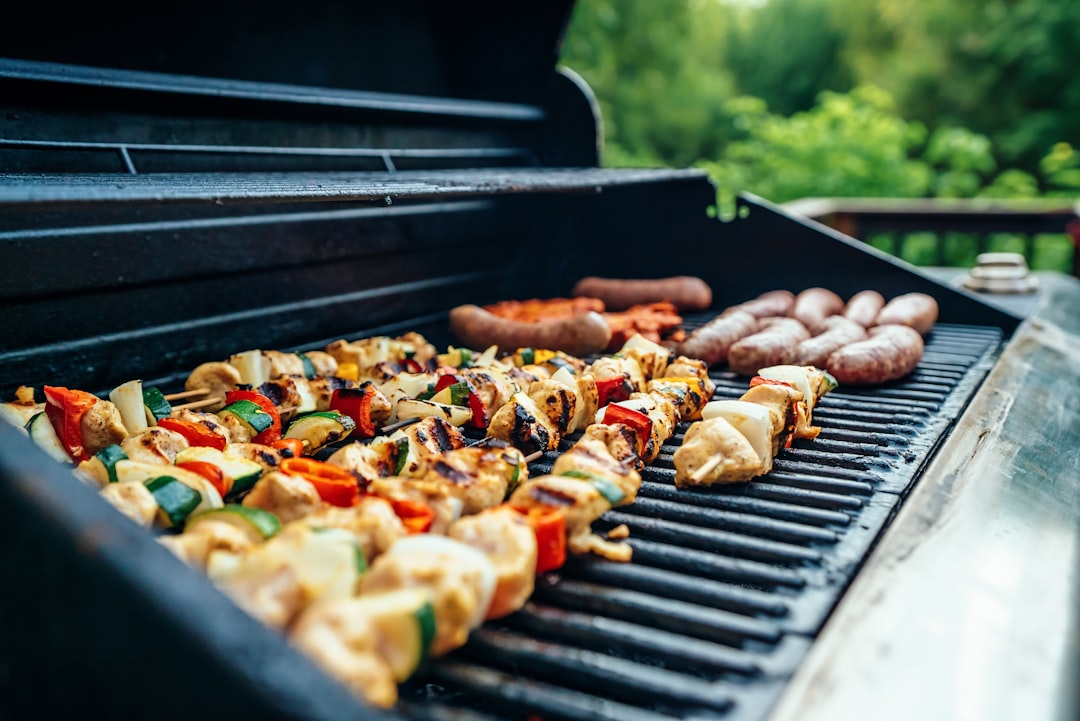
When it comes to cooking pork belly low and slow, one key element that elevates the dish is the spice rub. A well-crafted rub can transform the simple cut into a mouthwatering BBQ delight. Incorporate a blend of spices like paprika, garlic powder, salt, pepper, and brown sugar to create a sweet and savory combination. These spices not only enhance the flavor but also help to tenderize the meat during the slow cooking process.
For an extra layer of depth, consider adding less common spices such as cumin, chili powder, or even a pinch of cayenne pepper for heat. Experiment with different ratios to find your perfect pork belly BBQ recipe. The key is to rub these spices generously over the meat before it begins to cook low and slow, allowing them to penetrate and infuse every bite with flavor.
Mastering the Timing and Temperature for Tenderness
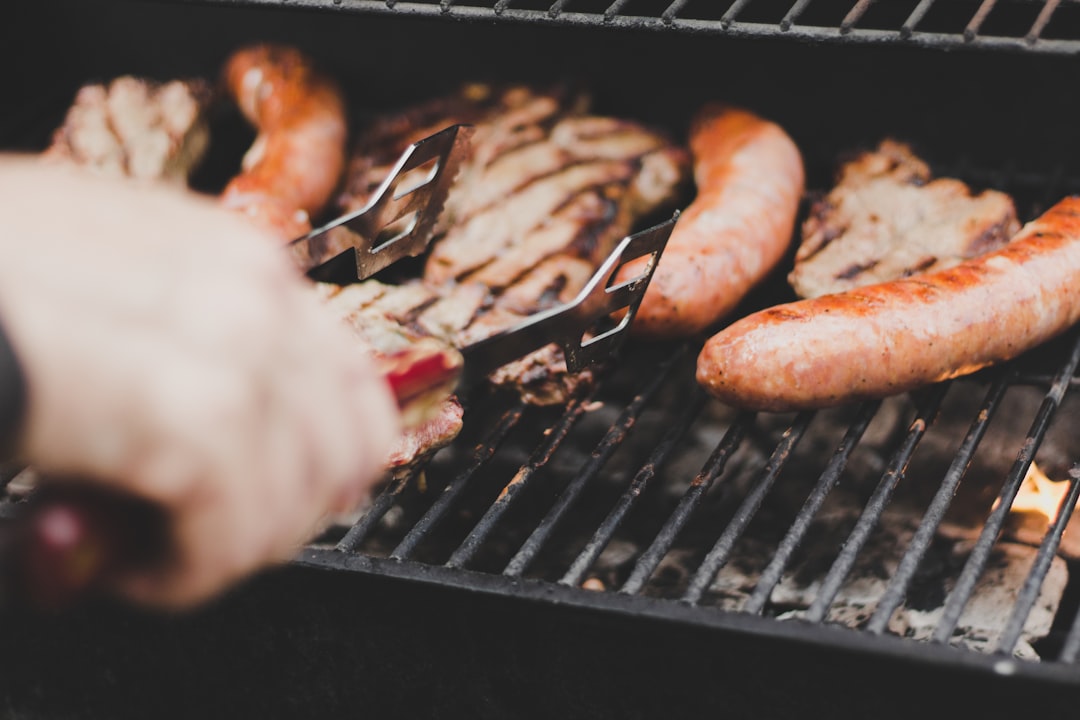
Mastering the timing and temperature is key to achieving tender, delectable pork belly in a slow-cooked BBQ recipe. The ideal cooking range for pork belly lies between 225°F (107°C) and 250°F (121°C). This gentle, consistent heat allows the fat to render slowly, transforming the meat from tough to melt-in-your-mouth tender. Aim for a slow cook time of around 4 to 6 hours, depending on the thickness of your cut. Thicker slices will require more time to reach the same level of doneness as thinner ones. Regularly checking the internal temperature with a meat thermometer is crucial; look for a reading of 195°F (90°C) for medium-rare, or go for 203°F (95°C) if you prefer your pork belly well done. Adjusting the cooking time accordingly ensures that you achieve the perfect level of tenderness and flavor intensity in your Pork Belly BBQ Recipe.
Finishing Touches: Glazes and Sauces for Extra Flavor
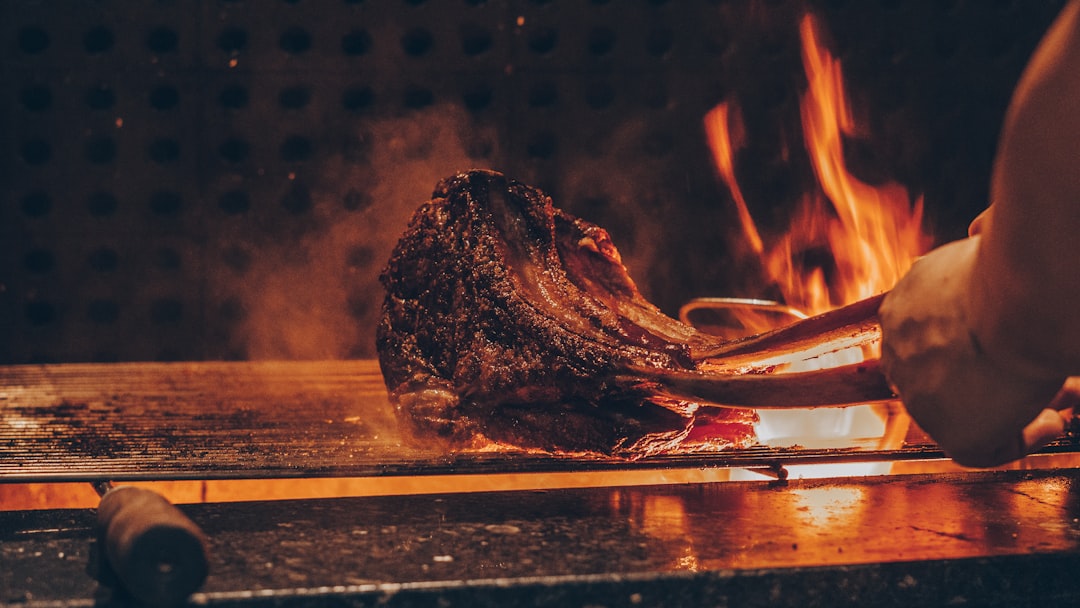
When it comes to pork belly cooked low and slow, the finishing touches—glazes and sauces—play a pivotal role in enhancing its rich flavor profile. A well-chosen glaze can transform your dish into an unforgettable culinary experience, balancing the meat’s inherent sweetness with a tantalizing tang or smoky depth. For instance, a simple BBQ sauce made with tomato paste, brown sugar, and smoked paprika not only adds moisture but also imbues the pork belly with a complex, savory taste.
Experimenting with glazes and sauces is an exciting part of mastering a Pork Belly BBQ Recipe. Consider using local ingredients or unique flavor combinations to create your own signature blend. Whether you opt for a classic teriyaki glaze with its sweet and salty notes, or explore more adventurous options like a chipotle rub or a mango chutney sauce, the key is to find the perfect balance that complements the tender, melt-in-your-mouth texture of slow-cooked pork belly.
